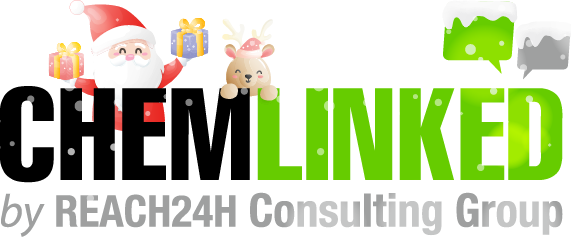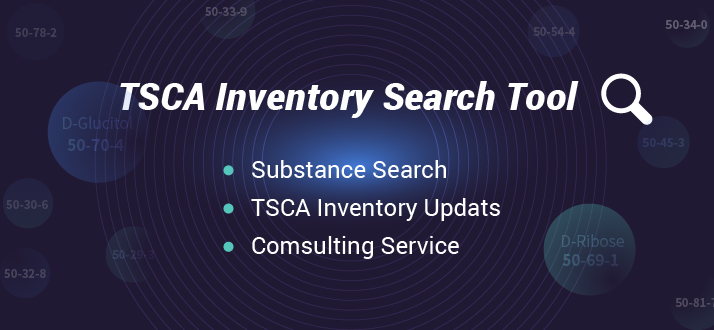Call for an EU-Wide Ban on PFAS in Firefighting Foams
SEAC has adopted its final opinion supporting a gradual ban on per- and polyfluoroalkyl substances (PFAS) in firefighting foams. The restriction could reduce PFAS emissions into the environment by around 13 200 tonnes over 30 years.
SEAC suggests, however, that a review of available fluorine-free alternatives for sites that produce, treat or store dangerous substances (covered by the Seveso Directive) and those neighbouring them is carried out before the end of the 10-year transition period. Similarly, a review would be needed for uses at offshore installations in the oil and gas industry, where SEAC is recommending lengthening the transition period from five to 10 years. The committee considers the reviews important to maintain safety where fires may have high impacts on the environment and human health.
\”There are some uses where the committee considered that if there are no alternatives that perform well enough by the end of the transition periods, the consequences of reduced fire safety could be disastrous.
It\’s likely that there will be alternatives, but it\’s important that we reduce the chance that they are not there to a minimum,\” says María Ottati, Chair of the SEAC in a new episode of the Safer Chemicals podcast.
SEAC also recommends lengthening transition periods for uses in civilian shipping from three to five years and for placing certain types of portable fire extinguishers on the market from six to 18 months. This is to ensure that technically suitable fluorine-free alternatives are available when the transition periods end.
ECHA prepared the proposal at the request of the European Commission. It was introduced in February 2022.
What\’s next?
Following the adoption of SEAC\’s opinion, ECHA prepares the combined opinion of both committees for publication and sends it and the restriction proposal to the European Commission.
The Commission will then decide whether a restriction is necessary. If so, it will propose to amend the list of restrictions (Annex XVII to the REACH Regulation). The proposal will be voted on by the EU Member States in the REACH Committee and scrutinised by the European Parliament and Council before adoption into law.
Source: European Chemicals Agency
For any article that states \”Source: European Chemicals Agency\”, ECHA accepts no responsibility and/or liability for any use made of the information, documents or data.
Contact Us
If you have any questions regarding EU REACH Regulations, please feel free to contact us.
Email: customer@reach24h.com
Tel: +86-400-809-5809
News Source: ChemLinked

REACH24H Consulting Group launched ChemLinked in 2012 as a leading service provider of comprehensive regulatory information and compliance solutions, meeting the growing demand for clear and concise regulatory advice and market intelligence in Asia, especially China.
You can register for a membership to read the latest news limitlessly every day on ChemLinked.
